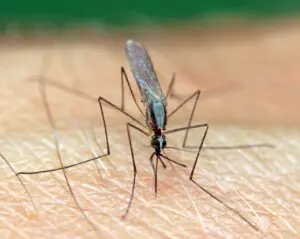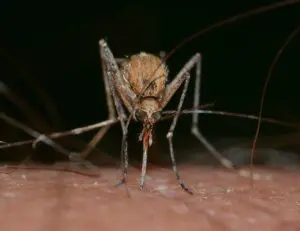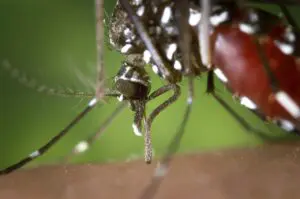
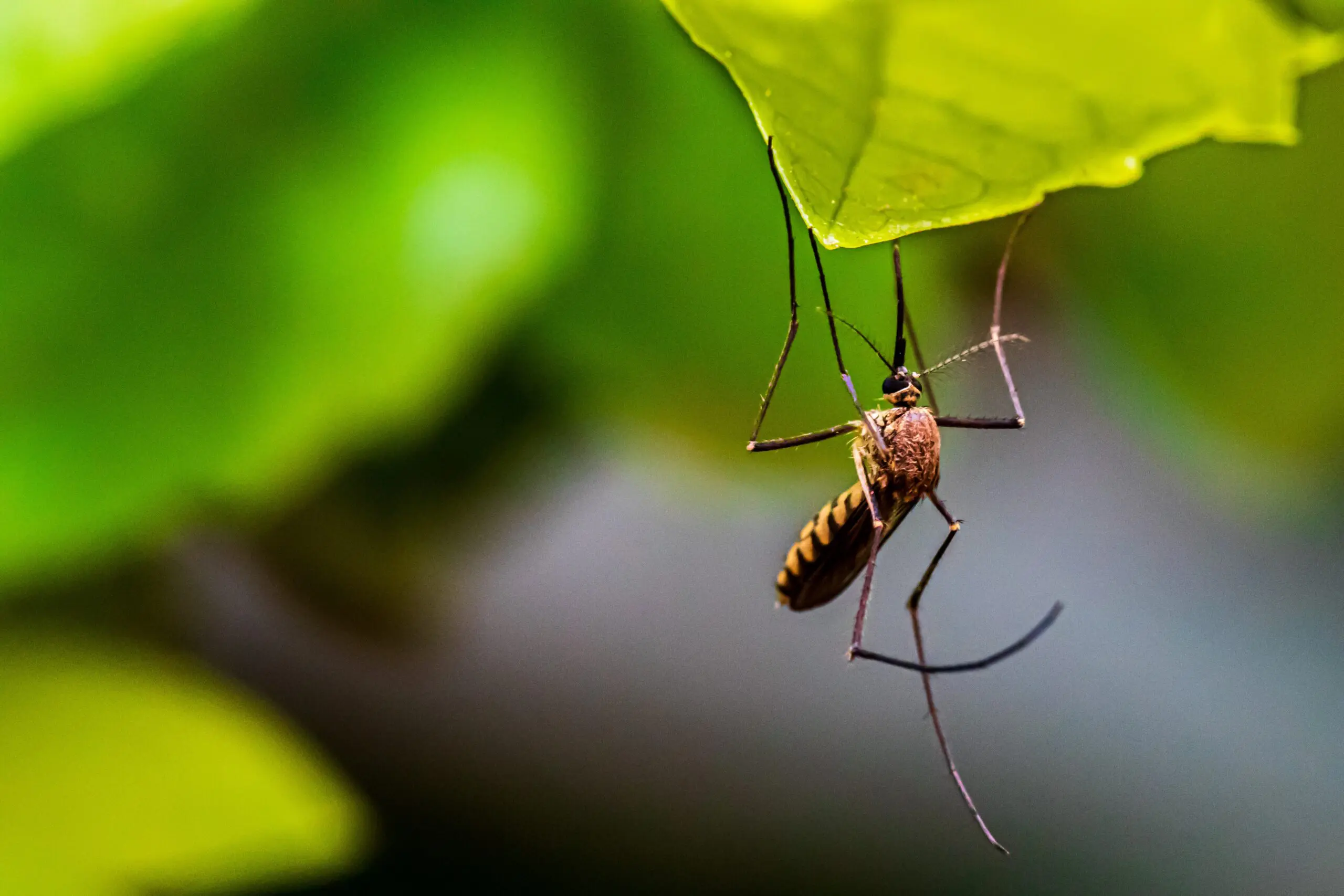
Lately, there has been some talk around the watercooler of a new species of mosquito in Florida. Scientifically named Aedes scapularis, these newcomers have raised a few questions for us during their stay so far. What do they look like? Where did they come from? Are they dangerous? We figured we weren’t the only ones asking these questions, so we did some digging and found some answers. Allow us to introduce you to one of the newest of the Florida species, Aedes scapularis.
Identification
Aedes Scapularis is an invasive species of mosquito that has yellowish-whiteish scales on its front sides and brown-gray hairs on its upper abdomen. Like other species, these mosquitoes have slender bodies and long, thin legs. They have a single pair of wings and their heads feature a prominent proboscis, piercing-sucking mouthpart similar to a needle.
Location
Aedes scapularis mosquitoes live in the tropics. They have always inhabited South and Central American countries and the Caribbean Islands. More recently, though, they have been confirmed to be living in the Miami-Dade and Broward counties in Florida. A research scientist and entomologist at the University of Florida, Lawrence Reeves, first found the species near the Everglades in 2016. Reeves then confirmed that they were established in the two previously mentioned counties in 2020. According to a study co-authored by Reeves and fellow entomologist Lindsay Campbell, the species now poses the risk of expanding their populations along the Atlantic and Gulf coasts of Florida.
Dangers
First and foremost, Aedes scapularis mosquitoes are an invasive species, meaning that they are not native to Florida and can potentially cause harm to the environment, native wildlife, and humans. Unfortunately, their invasive nature is not the only cause for concern. According to Campbell, these mosquitoes are more than happy to travel indoors to feed. They feed on both humans and wildlife, which is not good news. Campbell claims that a species which can transmit diseases to animals like birds and also tends to bite humans provides “the prime condition for a spillover event.” A spillover event is essentially when a pathogen that is highly prevalent in a “reservoir population” is transmitted from the reservoir population to a new host population. The pathogen may or may not be transmitted between members of the new host population. In this case the reservoir population would be the Aedes scapularis mosquitoes, and the new host population would be humans.
Aedes scapularis mosquitoes are known to carry at least 15 known viruses and a number of human pathogens, including Venezuelan equine encephalitis and yellow fever virus. It is unclear if these mosquitoes do spread the pathogens and diseases they carry but luckily, there is no evidence so far of disease transmission in Florida. Like other floodwater species, Ae. scapularis lays its drought-tolerant eggs in grasses prone to flooding. Large volumes of eggs may be flooded at once to produce mosquito densities abundant enough to kill cattle. Although most common in temporary freshwater pools with soil bases, immatures have also been collected in the vegetated margins of large lakes, ponds, and swamps, as well as in rock holes, and a variety of artificial containers. This ecological plasticity in immature habitats is unusual in a single species.
Prevention
Together, we can help slow the population growth of this new, invasive species by making our properties unattractive to mosquitoes. To do this, remove as many sources of stagnant water as possible. Make sure all outdoor recycling containers have drainage holes in the bottom, and do not let water stagnate in birdbaths. Gutters should be cleaned every year, particularly if the leaves from surrounding trees tend to clog them. Aerating ornamental pools or stocking them with fish will help prevent mosquitoes from taking a liking to them. Additionally, swimming pools should be cleaned and chlorinated regularly.
As with any species of mosquito, bites should be avoided when possible. In addition to the risk of disease transmission, mosquito bites are itchy and can become infected or cause allergic reactions in some people. To best avoid mosquito bites, apply insect repellent when outdoors. Wear long pants and a long sleeve shirt, especially while in wooded or wet areas. For more tips on how to avoid mosquito bites, take a look at this guide provided by the CDC.
Referenced sources:
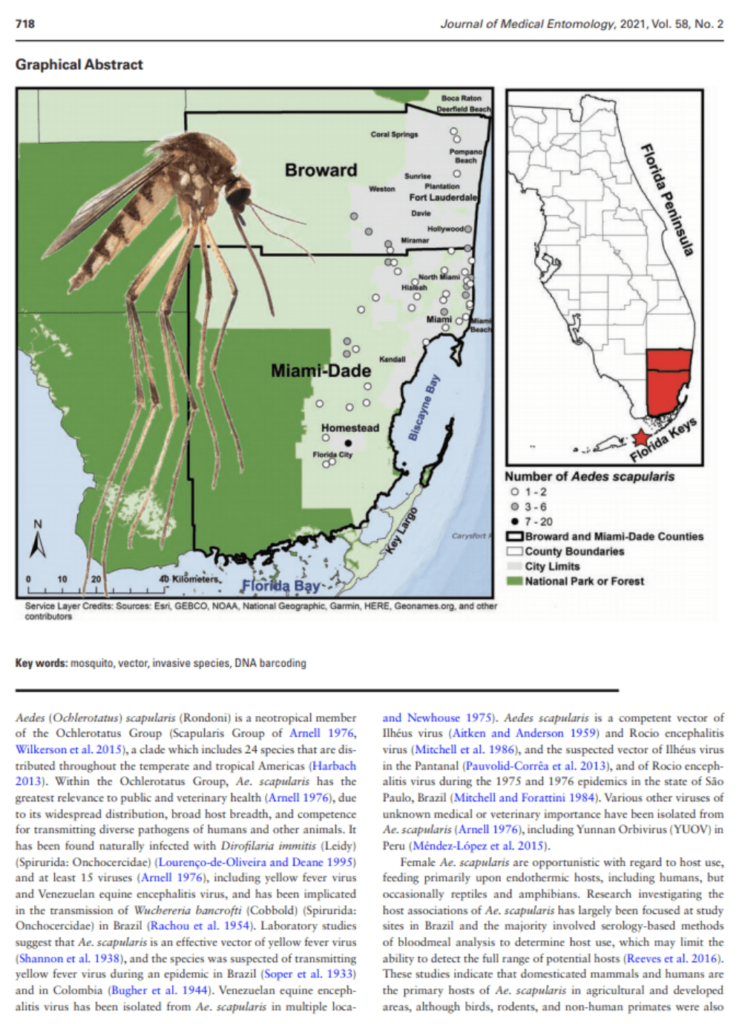
http://www.scielo.br/scielo.php?script=sci_arttext&pid=S0034-89101988000200003&lng=en&tlng=en




